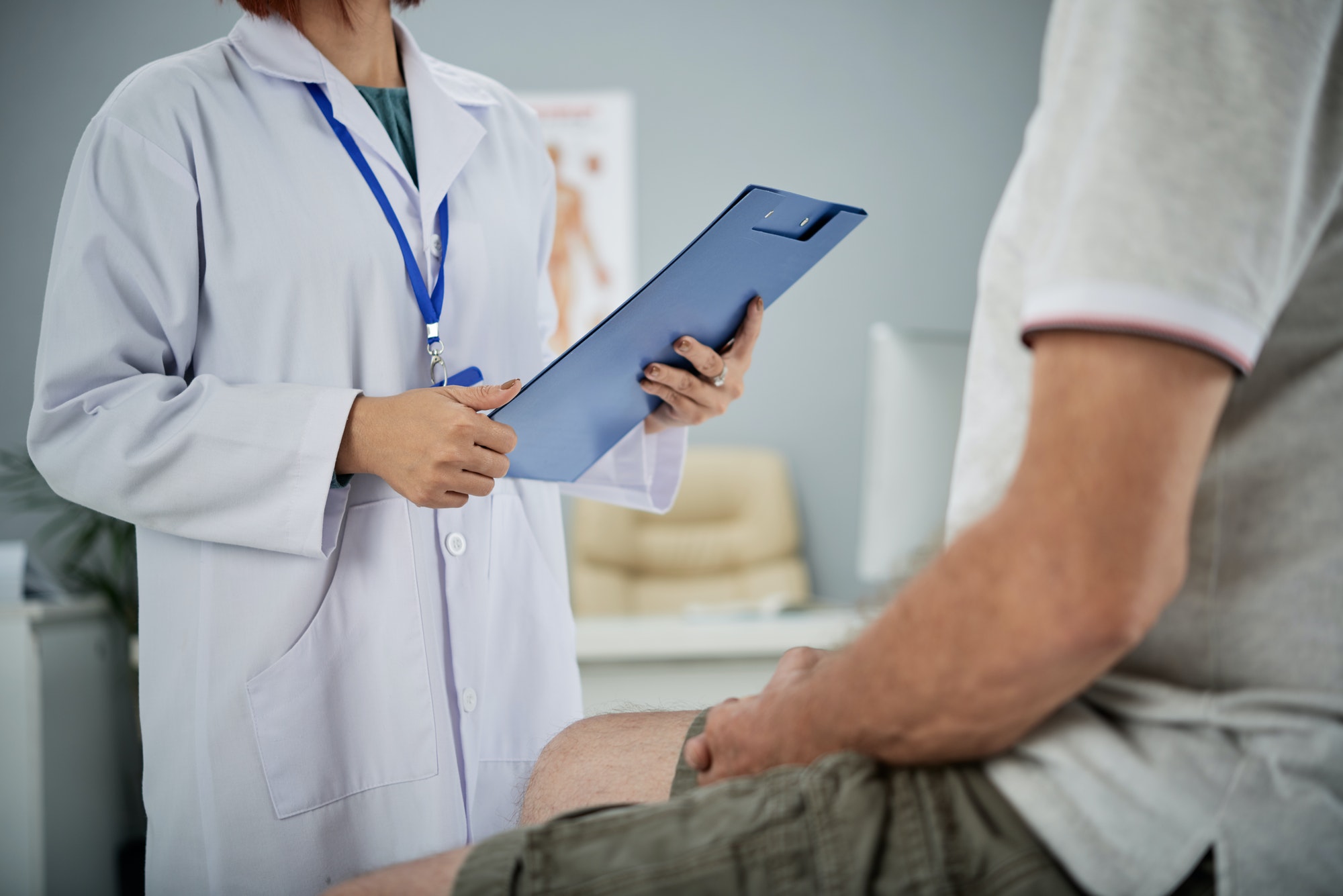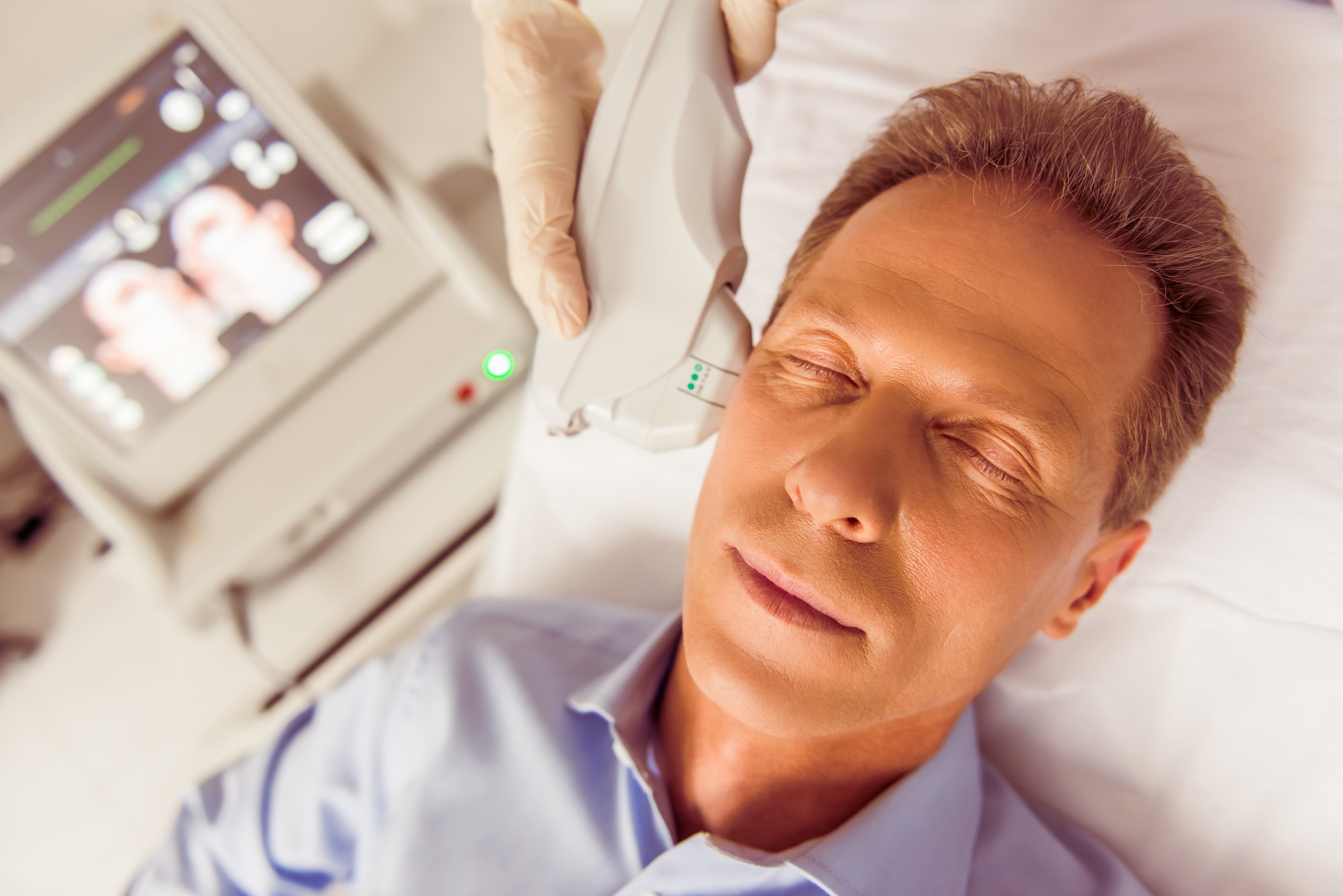Toes Conditions
Toe Conditions

Hammer Toes
Hammer toes manifest in various types, each with distinct characteristics. Flexible hammer toes retain some joint mobility, often caused by muscle or tendon imbalances. In contrast, rigid hammer toes, fixed in a bent position, may result from prolonged neglect or structural deformities.
Symptoms
Treatment
Symptoms
Mallet toes affect the joint closest to the toenail, while claw toes bend upward and downward, causing pain and difficulty finding suitable footwear. Recognizing these types is vital for tailored interventions. Conservative approaches, like orthotics and footwear adjustments, alleviate symptoms in the early stages, while advanced cases may require surgical correction.
Treatment
We are experts in identifying and addressing different hammer toe types, ensuring personalized care to enhance foot function and alleviate discomfort. Early diagnosis and targeted treatments promote optimal outcomes, emphasizing the importance of professional podiatric guidance for individuals experiencing hammer toe-related issues.
Skin and Nail
Maintaining a healthy foot microbiome is crucial to prevent skin and nail integrity. A balanced microbial environment helps prevent fungal and bacterial infections, promotes skin integrity, and contributes to the body’s immune defense. Proper hygiene and moisture control are essential for preserving this microbial equilibrium. Please see below some of the common conditions we commonly see when the microbiome of the foot is disturbed.
Tinea Pedis
Fungal Nails
Green Nail Syndrome
Erythrasma
Pitted Keratolysis
Tinea Pedis
Tinea pedis, commonly known as athlete’s foot, is a contagious fungal infection affecting the skin of the feet. It thrives in warm, moist environments, making damp communal areas like locker rooms and swimming pools breeding grounds. This condition is caused by various fungi, with Trichophyton species being the most common pathogen. Characterized by (but not always) itching, burning sensations, and peeling skin, athlete’s foot often manifests between the toes and the arch of the foot. While generally not serious, untreated cases, especially amongst diabetics, can lead to complications and spread to other parts of the body. Maintaining good foot hygiene, control of sweating, wearing breathable footwear, and using antifungal medications are essential for prevention and treatment.
Fungal Nails
Fungal nails, medically known as onychomycosis, represent a common and stubborn fungal infection affecting the toenails or fingernails. This condition typically begins as a white or yellow spot under the nail, gradually spreading and causing thickening, discoloration, and distortion of the nail. Dermatophyte fungi, as well as yeast and molds, can contribute to this ailment, thriving in warm, moist environments. Fungal nails are more prevalent in toenails due to limited light exposure and increased humidity in shoes. While not usually painful, severe cases may lead to discomfort and difficulty walking. Treatment involves antifungal medications, topical or oral, coupled with proper nail care to promote healing and prevent recurrence.
Green Nail Syndrome
Green nail syndrome is a bacterial infection that often occurs beneath artificial nails or in traumatized natural nails. Pseudomonas aeruginosa is the common culprit, causing a greenish discoloration. Treatment involves proper nail care, removal of artificial nails, acetic acid and, if necessary, topical or oral antibiotics.
Erythrasma
Erythrasma is a bacterial skin infection that particularly affects the interdigital spaces of the foot (between the toes). Caused by Corynebacterium Minutissimum, it has a characteristic smell and manifests as reddish-brown patches seen under ultraviolet light. Good hygiene and topical antibiotics are effective treatments, emphasizing the importance of recognizing and addressing this common and curable condition.
Pitted Keratolysis
Pitted keratolysis is a bacterial skin infection primarily affecting the soles of the feet. Caused by Corynebacterium and Dermatophilus species, it leads to shallow pits, malodor, and white, easily removable scales. Proper foot hygiene, antibacterial soaps, and topical antibiotics are key in managing and preventing this treatable condition.
How it works
Procedure and Process Treatment

Diagnosis and Treatment
Gravida in fusce auctor conubia pretium efficitur massa vehicula senectus ex

Find a Doctor
Gravida in fusce auctor conubia pretium efficitur massa vehicula senectus ex

Clinical Trials
Gravida in fusce auctor conubia pretium efficitur massa vehicula senectus ex

Make an Appointment
Gravida in fusce auctor conubia pretium efficitur massa vehicula senectus ex
FAQ
Frequently Ask Questions.
Lorem ipsum dolor sit amet, consectetur adipiscing elit.
Inceptos ut eros aptent commodo semper magna tempor pretium adipiscing. Cursus erat consequat ultrices volutpat eleifend. Ut iaculis lobortis interdum commodo eleifend at ultrices luctus lectus est. Egestas consectetur enim pharetra tempus proin ac quam accumsan efficitur quis dolor.
Inceptos ut eros aptent commodo semper magna tempor pretium adipiscing. Cursus erat consequat ultrices volutpat eleifend. Ut iaculis lobortis interdum commodo eleifend at ultrices luctus lectus est. Egestas consectetur enim pharetra tempus proin ac quam accumsan efficitur quis dolor.
Inceptos ut eros aptent commodo semper magna tempor pretium adipiscing. Cursus erat consequat ultrices volutpat eleifend. Ut iaculis lobortis interdum commodo eleifend at ultrices luctus lectus est. Egestas consectetur enim pharetra tempus proin ac quam accumsan efficitur quis dolor.
Inceptos ut eros aptent commodo semper magna tempor pretium adipiscing. Cursus erat consequat ultrices volutpat eleifend. Ut iaculis lobortis interdum commodo eleifend at ultrices luctus lectus est. Egestas consectetur enim pharetra tempus proin ac quam accumsan efficitur quis dolor.
Inceptos ut eros aptent commodo semper magna tempor pretium adipiscing. Cursus erat consequat ultrices volutpat eleifend. Ut iaculis lobortis interdum commodo eleifend at ultrices luctus lectus est. Egestas consectetur enim pharetra tempus proin ac quam accumsan efficitur quis dolor.
Inceptos ut eros aptent commodo semper magna tempor pretium adipiscing. Cursus erat consequat ultrices volutpat eleifend. Ut iaculis lobortis interdum commodo eleifend at ultrices luctus lectus est. Egestas consectetur enim pharetra tempus proin ac quam accumsan efficitur quis dolor.

